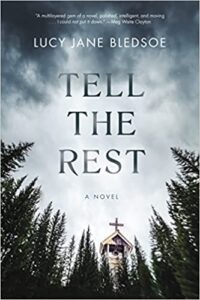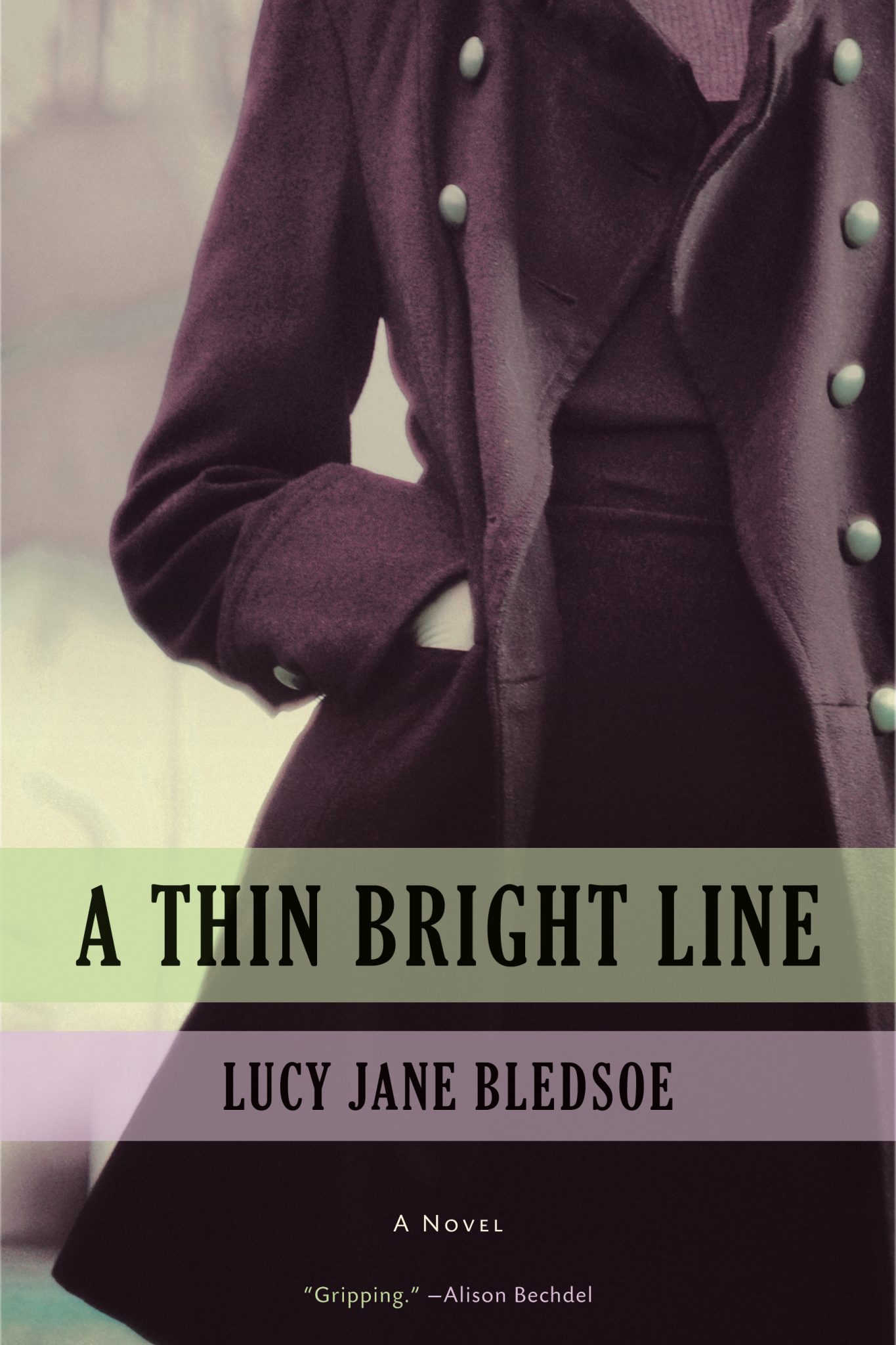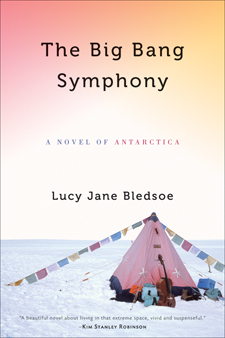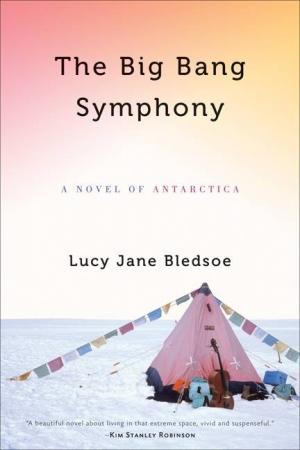Amazon Affiliate Link | Bookshop.org Affiliate Link
In 2014, I read The Big Bang Symphony by Lucy Jane Bledsoe based solely on the fact that it was included on a book list called “Lesbians In Cold Places.” And you know what? That was a great decision, because I really enjoyed it. It was a slow-building character study set in Antarctica, with a queer main character, of course. So when I saw that she had a new sapphic book out today, I had to pick it up.
I have to start this with some heavy content warnings, because this is a book about conversion therapy and its aftermath. This review will discuss conversion camp and homophobia, and the book includes homophobia, abuse, rape, religious trauma, and suicide.
The book starts with two kids, a thirteen-year-old white girl and a sixteen-year-old Black teenage boy, running through the woods, trying to escape conversion camp. Then we flash forward to 25 years later.
Delia is fresh from a divorce and has just gotten fired as a college basketball coach. She’s also struggling with uncontrollable attacks of anger. She’s never felt so lost or out of control. So reluctantly, unbelievably, she drives across the country to her hometown in rural Oregon to move in with her brother and coach her old high school’s girls’ basketball team.
Her coach in high school was her hero. She gave Delia a path to follow, skills to develop, and a passion to nurture. Since then, basketball and the discipline she has around it has been her guiding light in her life. Maybe she’s hoping that by confronting her past, she can address the anger issues she’s having. Maybe she wants to step into her old coach’s shoes and inspire a new generation of kids. Maybe she just has nowhere else to go. Whatever the reason, she’s determined to take this team to victory, and she demands the best.
While I think this is Delia’s story, we do also get some point of view chapters from Earnest—the boy she escaped with. They never saw each other again after that night, but they both are still grappling with it and their experience at Celebration Camp. While Delia is at a difficult time in her life, though, grappling with her past, her personality, her anger, her family, her career, and more, Earnest seems more settled.
He has a job teaching poetry and a boyfriend he loves. The central tension in his story is struggling to write a poem about his experience at camp and their escape—something he’s been trying and failing to do for years.
As both of them find themselves needing to confront the past, it seems inevitable they will meet again. As we follow along with Delia and Earnest now, we also get chapters of their time at Celebration Camp, revealing more about the experience that had such an impact on them. Still, this is more about the ongoing effects of that experience than the camp itself.
Unsurprisingly, this isn’t a light read. It feels like an open wound: Delia especially is still hurting so much and hasn’t gotten closure on it. Eventually, though, we do see her begin to work through it, accompanied by the glimpses of the lives of the teenage girls she’s coaching.
If you like to read character studies and quiet stories about working through trauma—and trying to lead a high school girls’ basketball team to glory, because that really is a big focus—I highly recommend this one. It’s a thoughtful, sometimes painful, but effective narrative, and it’s one that’s interesting to read after books like The Miseducation of Cameron Post, because this looks at not just the immediate horror, but the aftermath of being taught to hate yourself as a young person.




